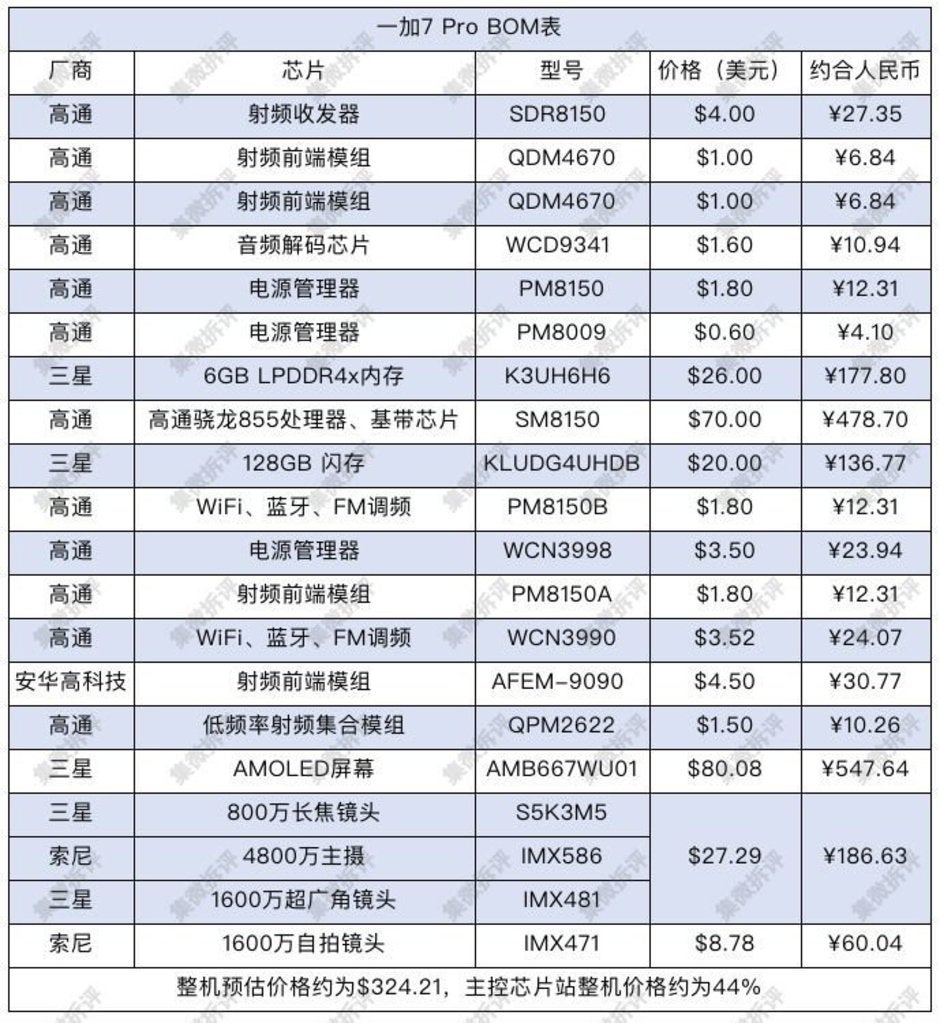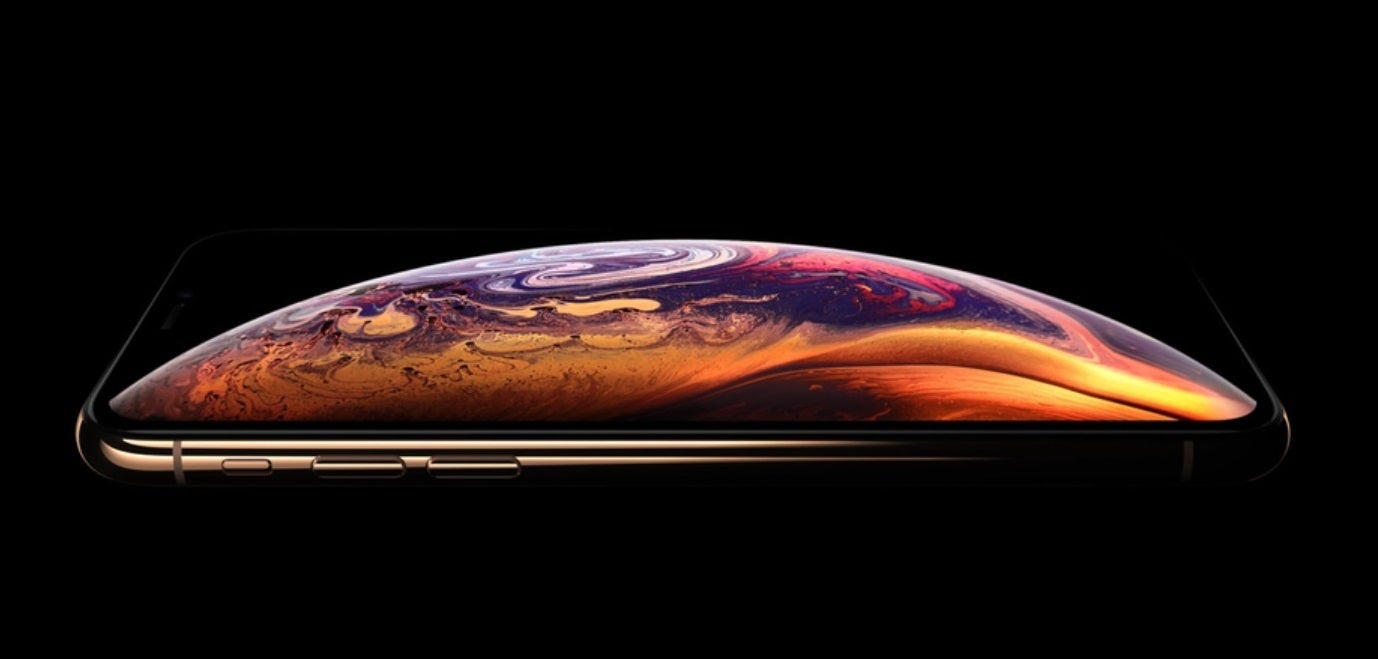Leaked data reveals how much the parts inside the 6GB OnePlus 7 Pro cost

The OnePlus 7 Pro features high-end specs like a 6.7-inch curved AMOLED display with a 1440 x 3120 resolution. It is the company's first phone equipped with a 1440p QHD+ display and the screen also features a 90Hz refresh rate. This is 50% faster than the rate found on most phones and provides users with buttery smooth scrolling, an improved video game playing experience and more. There is a triple camera setup on the back and a pop-up 16MP selfie snapper. Configurations available include 6GB of memory with 128GB of storage to as much as 12GB of memory with 256GB of storage. A 4000mAh battery keeps the lights on. And don't forget that the OnePlus 7 Pro is powered by Qualcomm's latest and greatest Mobile Platform.
With pricing in a range between $669 and $749, one might think that OnePlus is only making a few bucks on each OnePlus 7 Pro that is rung up. The manufacturer's margins must be restaurant thin, right? Wrong. A leaked image posted on Weibo (via GizChina) allegedly reveals the cost of the materials used to build the 6GB/128GB version of the OnePlus 7 Pro. If the list is legit, the AMOLED panel purchased from Samsung is the most expensive part of the device, costing OnePlus slightly over $80 for each screen. The rear-facing triple camera setup (48MP primary + 8MP telephoto with 3x optical zoom + 16MP Ultra-wide) costs OnePlus $27.29 for each unit. The 6GB LPDDR4X RAM chip is priced at $26 while another $20 secures the 128GB storage component. The Snapdragon 855 Mobile Platform isn't cheap either. In fact, after the display, it is the most expensive part of the phone at $70 a pop.
The cost of the parts required to build the 6GB variant of the OnePlus 7 Pro add up to $324.21. Of course, that doesn't include the money spent on R&D, the labor needed to assemble the parts, packaging, shipping, marketing and all of the other expenses required to build and sell a phone these days. This particular model retails for $669 which still leaves enough room for OnePlus to turn a healthy profit on each unit sold.
How Xiaomi manages to keep its profit margins on phones at 5% or less
Comparing the cost of the OnePlus 7 Pro's parts to the parts used on the Apple iPhone XS Max shows some similarities. The 6.5-inch OLED display on the iPhone is priced at approximately $80. Apple pays $72 for the A12 Bionic SoC compared to the $70 OnePlus shells out for the latest Snapdragon chipset for its phone. But there are some discrepancies too. The cameras on the iPhone cost $44, nearly $17 more than what they cost for the OnePlus 7 Pro. Overall, parts and components for the 256GB iPhone XS Max total $443 compared to its retail price of $1,249. Apple obviously enjoys a wider profit margin than OnePlus.

Alleged cost of materials sheet for the 6GB/128GB OnePlus 7 Pro
Now compare Apple and OnePlus to what Xiaomi is trying to accomplish. Known for its "value for money" business policy, the company aims to keep its net profit margins at no higher than 5% on any given handset. Company founder Lei Jun said last year that if a particular phone produces greater than a 5% profit margin, Xiaomi will find other ways to compensate its customers. Back in 2015, former Googler and ex-Xiaomi CEO Hugo Barra explained how the company keeps its margins so low. First, it prices its devices at cost but gives it a long shelf life. This way, as component prices drop over the life of the device, Xiaomi can cut prices and still turn a profit. Barra said that over the 18 to 24-month life of a Xiaomi phone, the product might see its price cut three or four times.

Parts for the 256GB Apple iPhone XS Max cost $443; the phone is sold for $1,249










Things that are NOT allowed: